We’re working hard to encourage more owls to make the estate their home.
This year we’ve installed lots of new owl boxes to add to the ones we have previously installed and the more general bird boxes we make ourselves at Courteenhall.
They seem to be popular, and we’re really delighted to have evidence of their occupation already.
Out of our four new Barn Owl boxes, three are in regular use and we’ll be checking on our two new Tawny Owl boxes early in the New Year just before any new inhabitants start breeding.
We work closely with Chris Payne, a licensed Senior Ringer & Trainer for Northants Ringing Group (NRG), to carry out regular audits of our bird populations, to do specialised ringing and to help us to understand what we can do to increase our bird numbers.
Chris said: “On my first winter visit to Courteenhall, in two of the Barn Owl boxes, there was great evidence of Barn Owls using both. One of the boxes had a few Little Owl pellets inside too.
“I’ve just been on my second visit to check the other two new Barn Owl boxes and was really pleased that we managed to ring our first Courteenhall Barn Owl (pictured) who was roosting in one of the boxes.
“This beautiful female is a good weight at 300g, her plumage is absolutely immaculate and, as I found out, she has needle sharp talons!
“She sat tight, back in her box after I had carefully ringed, weighed and measured her, waiting for daylight to drop before foraging for more food.”
Dr Johnny Wake, Managing Partner of Courteenhall Farms, said: “We’re delighted with our growing owl population. Ringing is important because it allows us to build up a general picture of movement in and around the estate and beyond. It’s even more effective when adjoining landowners do the same and put up owl boxes too.
“We’ll be keeping an eye on all the owl boxes at Courteenhall over the next month or two and before the breeding season starts.”
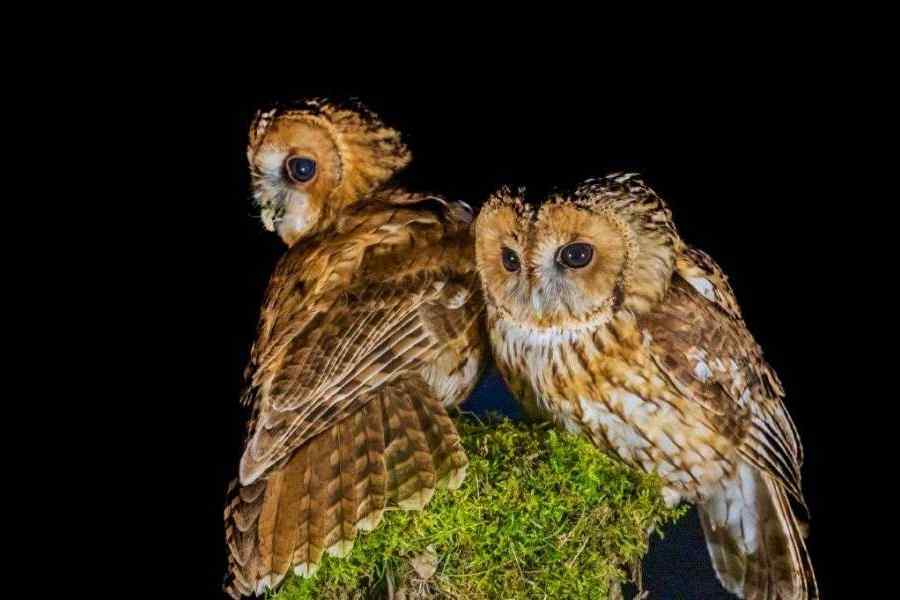
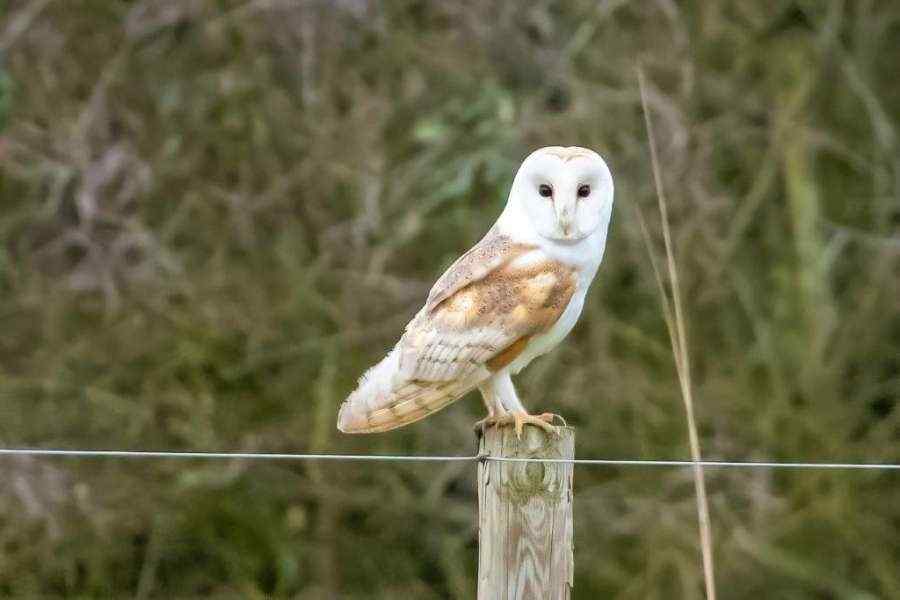
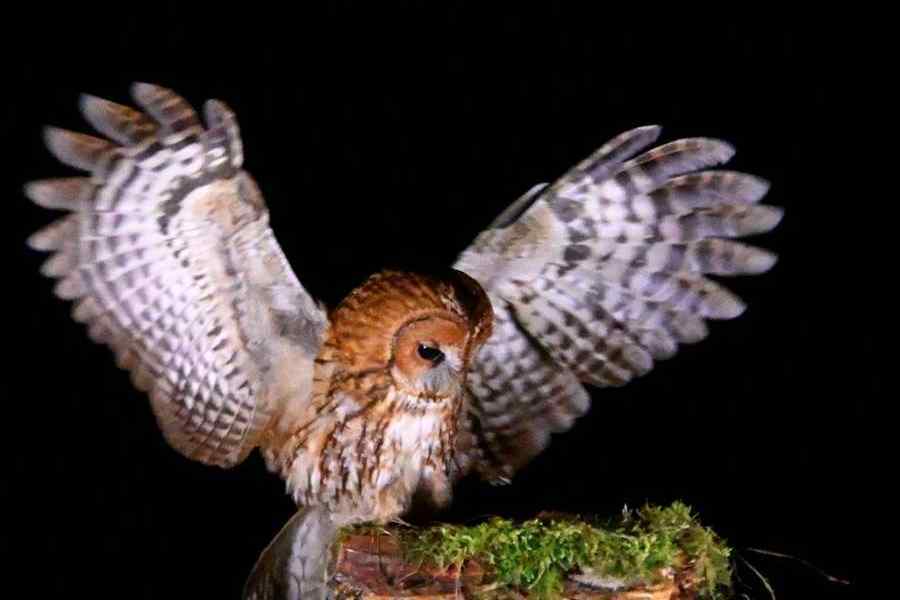
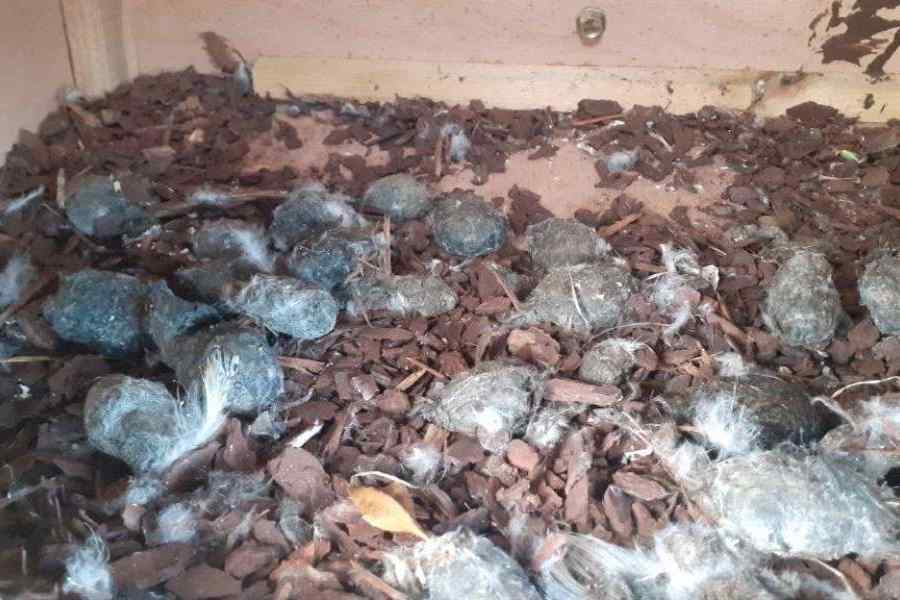
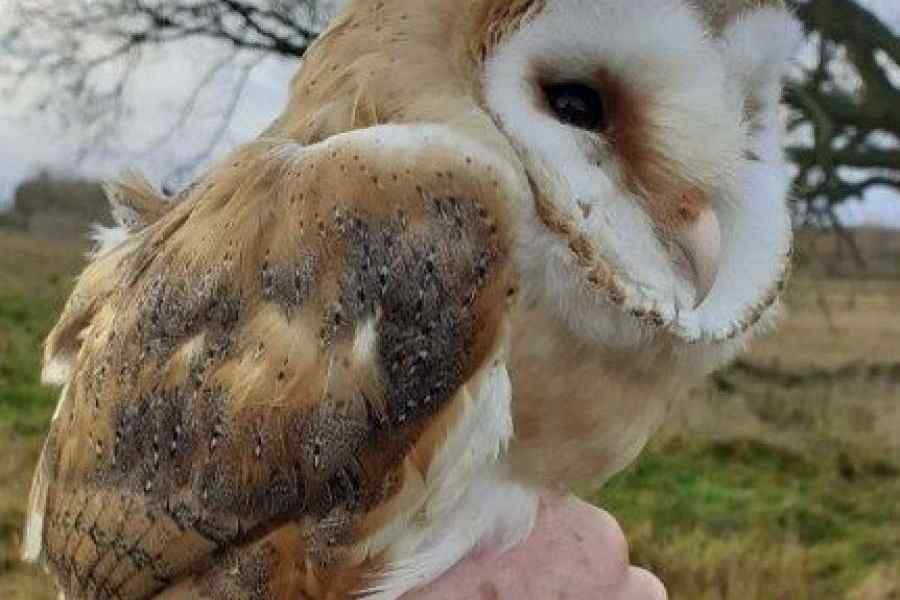
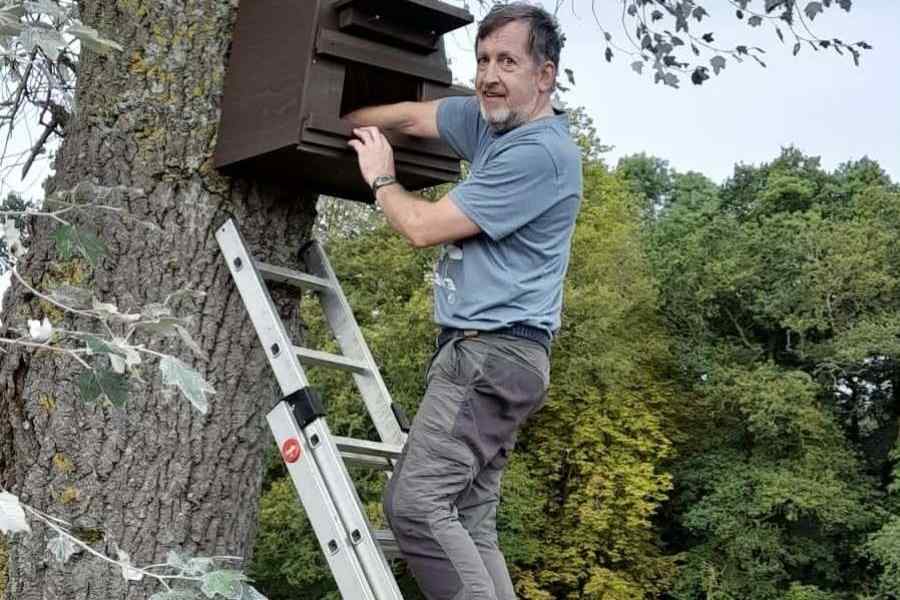
About bird ringing
In Great Britain, The British Trust for Ornithology organises and manages the licensed catching and ringing of birds as part of their long-term studies of the wild bird population. Regular ringing occurs at a variety of locations.
Bird ringing involves carefully catching birds, securing a small metal ring (which is lightweight and harmless) around one of their legs and recording their species, age, sex, weight and wing length. Each ring has a unique code and number that allows each bird to be easily identified should it be caught or found in the future.
Ringing should only be done by experienced professionals. Barn Owls can only be handled by fully trained Schedule 1 licenced ringers and during the breeding season Barn Owl boxes can only be approached at a specific time of year as disturbance has to be kept to the bare minimum.
The data helps to protect our bird populations and to discover whether they are in decline or thriving. Bird ringing can also reveal how bird behaviours are changing, for example as a result of climate change or a shortage of food supplies and also gives an indication of how long they are living.
About Barn Owls
One of Britain’s most popular birds with their distinctive heart shaped face and pure white underparts, Barn Owls are often spotted perched on a fence post or hunting low in silent flight.
Barn Owl breeding can fluctuate between one or two chicks to six or more chicks depending on the abundance of prey.
They are most commonly seen across Britain and Ireland but are absent from the far north and west of Scotland.
Car and rail traffic are the most frequently recorded cause of death among recoveries of ringed birds.
They were first recorded in medieval times and there are thought to be 4,000 breeding pairs in the UK. Their typical lifespan is four years and their conservation status in the UK is Green.
About Tawny Owls
With their camouflage brown and grey streaked plumage, Tawny Owls are Britain’s most widespread owl. They’re often found in large gardens, parks and forests.
Tawny Owls are nocturnal and can live for 20 plus years and often reside in the same nest or nest box. Autumn is the best time for hearing them and their distinctive ‘too-whit’ ‘too-woo’ calls, which are in fact two birds, one male and one female, communicating with each other. They’re generally more vocal in February and March when they are sorting out their territories and nesting sites.
They were first recorded in Anglo-Saxon times and, today, there are thought to be 50,000 breeding pairs in the UK.
Conservation-wise, they’re on the UK Amber list.
* For more information visit www.bto.org





